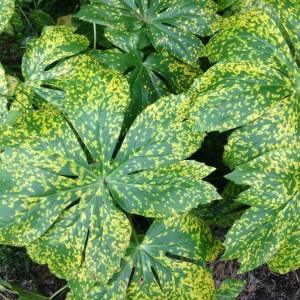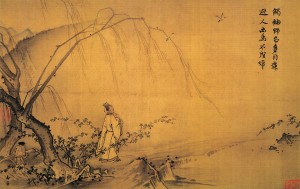Hinduism is all about doing your duty (dharma), which can sometimes be distasteful. Create a 3 panel comic makebelievecomics. You detest this task, but some of your suffering may indeed be your attitude towards the job.
Create a thought bubbles for each panel. These bubbles will reflect initial negative thoughts that morph into positive thoughts. (Walking my dog when I get home from school sucks! I love the outdoors. I love my dog! It’s a great bonding time for us.)
When you’ve completed your task, write a short paragraph for each of the 4 prompts below. You’ll discuss these in your groups the next class:
- Describe ways in which you feel like Arjuna.
- How could you specifically apply the message of the Bhagavad Gita?
- How would the ancient Indian perspective of the Bhagavad Gita be VERY different than the 21st Century American perspective of doing one’s duty?
- Now, venture back to ancient India. Think of a way the Bhagavad Gita could be used as a tool of oppression?



